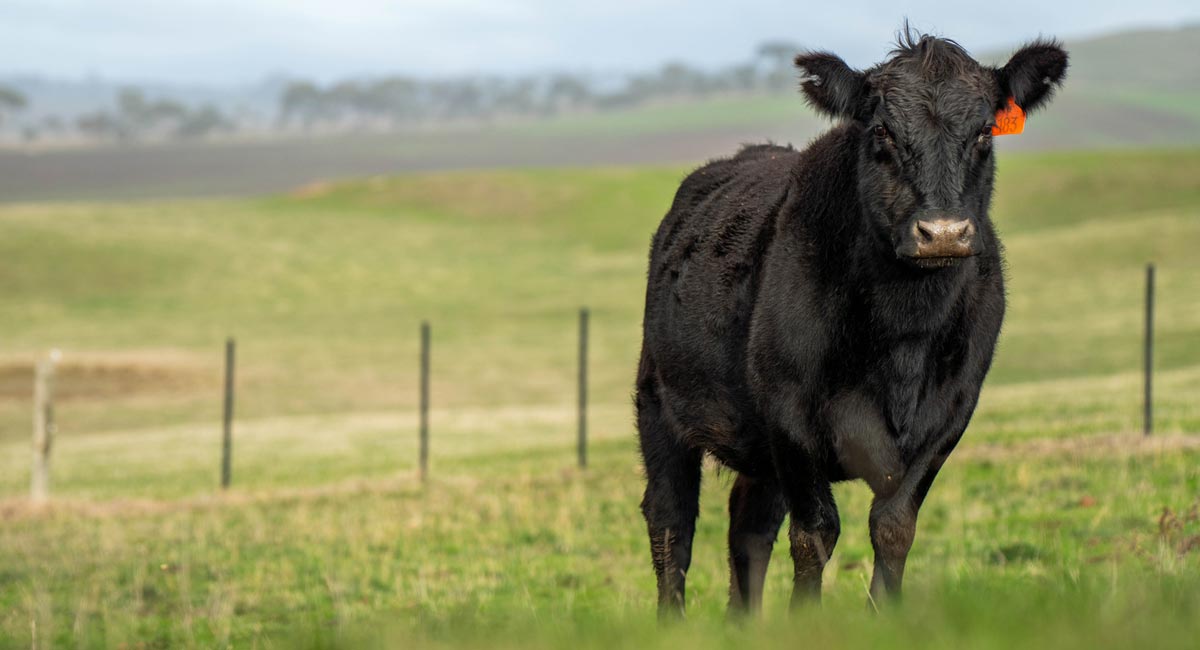
T-Bones or 2x4s?
When you talk to most people about manufacturing, they get an image in their head of a process that resembles a car, or an iPhone, assembly plant.
Hundreds or thousands of parts are either made or brought in from a bunch of different suppliers…they are organized based on how they will be integrated… then they’re assembled together piece-by-piece by skilled laborers, or robots, into a final product that is ready to be used. This is, after all, how most manufacturing is done.
Most manufacturing, that is, except those industries that perform “DECONSTRUCTIVE MANUFACTURING”.
An effective visualization of deconstructive manufacturing is beef processing. We can all imagine it. A cow is herded into the front end of a meat processing plant, and out the back end comes a myriad of different products: among them are all the steak cuts (t-bone, porterhouse, New York strip, filet mignon, ribeye, etc), then the hamburger, then the heart, liver, and other organs, and finally the leather, ears, horns, etc. Nothing goes to waste, to be sure. But beyond feeling good that the plant got 100% yield out of the cow, we can all see that this process differs from assembling an iPhone, or a Corvette… processes where the value to the company is defined by the market price of the finished product that has been successfully assembled from the components. Unlike those processes, the maximum value that the meat processing plant can hope to get out of the cow is defined by how perfectly they deconstruct the raw material that walked in the front of the plant. If while processing the cow, high-value t-bones are mis-identified (a poor decision), or mis-cut (poor execution), and end up as low-value hamburger, the company would lose value from that animal that simply cannot be recovered. After all, you can’t turn hamburger into t-bone steak. Every cut…every decision…is critical to the company making the most money it can out of the beef cows that it purchased.
Lumber manufacturing is the exact same.
We start with a tree that may stand 65′ tall, but beginning at the moment of falling that tree in the woods, a maximum potential value is established. That tree, lying in the forest, will give up that maximum value only if it is deconstructed into the optimum amounts of the various dimension lumber products, chips, sawdust and shavings…with “optimum” being determined by current market pricing, and the costs of processing each product at the specific lumber mill. Every single decision going forward in this deconstructive manufacturing process can have only one of two outcomes. You can either 1) retain the value inherent in the tree (or log, or cant, or board), or 2) lose value. Put another way, every time steel meets wood, value is either retained or destroyed. Just as in the meat processing example, you can’t undo bad decisions or bad execution. We simply can’t turn the 2×8 into the 2×10 that we really should have cut, and it’s impossible to reassemble sawdust, chips and shavings into lumber.
Nearly all professional books, classes, or seminars on manufacturing focus on “traditional” manufacturing, and never seem to discuss, or even acknowledge DECONSTRUCTIVE MANUFACTURING. Through this blog, we will explore the specifics of what makes the forest products industry unique, and share with you the lessons and solutions that we have discovered along our journey.
STAY TUNED…
This is just the 1st article in our series on lumber manufacturing. In the coming weeks and months we will be continuing with thought provoking articles on all aspects of the business. Look for upcoming articles on Predictability, Optimization Strategy, Kiln Drying, Timber Procurement, Production, Maintenance, Leadership, and more.
NEED HELP, OR WANT TO DISCUSS FURTHER?
Our focus is on helping forest products companies identify, and capture the millions of dollars a year that can be lost in each mill through sub-optimal execution.
With more than 20 years of successful experience helping dozens of companies in 15 countries across 3 continents, we can help you too.
Check out our services, and drop us a line. Let’s start a conversation.
HELP US SPREAD THE WORD
If you liked this article, please pass along to your friends by sharing a link to the blog, or sharing this page on LinkedIn or Facebook.
Stay sharp.

